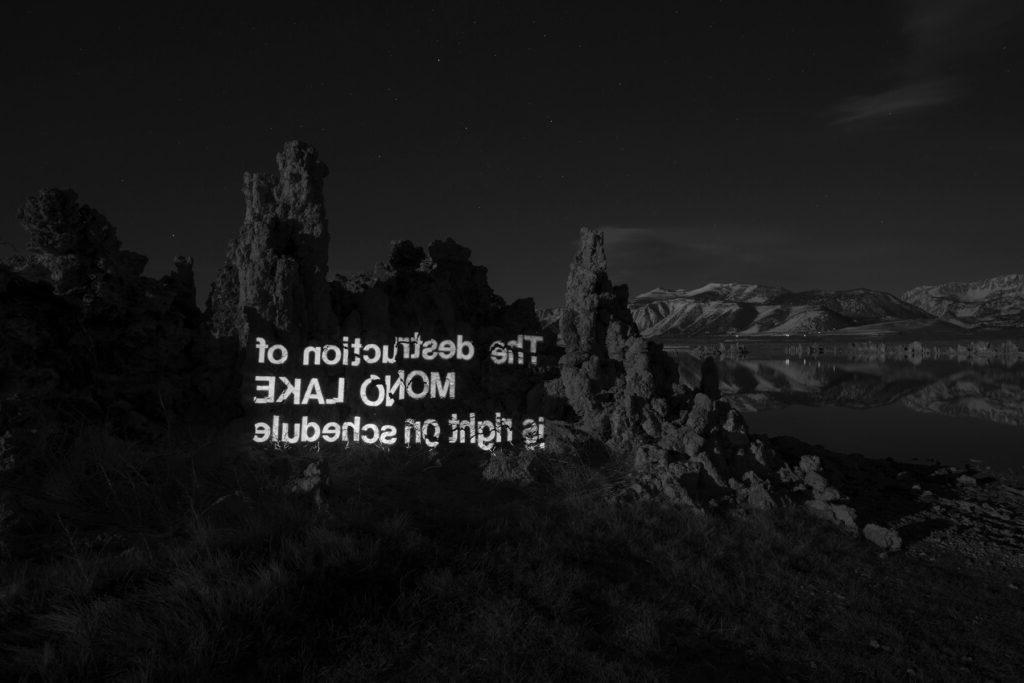 Beihua Guo ’21. Photo by Xingjian Han.
Beihua Guo ’21. Photo by Xingjian Han.
Photographer and Pitzer alum Beihua Guo ’21 has received $5,000 as a finalist for The Aftermath Project’s 1492/1619 American Aftermaths grant. Guo’s project, “Water Is Thicker Than Blood,” illustrates the ignored and forgotten history of the Los Angeles Aqueduct and the California water wars.
According to its website, The Aftermath Project is a nonprofit that supports photographers “to educate the public about the real cost of war and the true price of peace.” The 1492/1619 American Aftermaths grant focuses on what it describes as the ongoing reverberations of America’s original sins: Columbus’ “discovery” of and assault on Indigenous peoples in 1492 and the first enslaved Africans’ arrival in 1619.
Guo has described the L.A. Aqueduct as “a story of greed, violence, oppression, and disastrous environmental consequences.” According to Guo, the Owens Valley Paiute people lived in harmony with nature until white settlers arrived, and Los Angeles drained Owens Lake. This caused toxic dust storms in the 1920s and financially and ecologically destroyed Owens Valley. The L.A. Aqueduct extended into the Mono Basin in the 1940s. Forty years later, Mono Lake’s water level dropped more than 40 feet.
“Even today, people living in the Owens Valley still have to deal with the environmental consequences of the aqueduct,” said Guo.
 Mono Lake, 2022. Rehydration Ceremony, 1982.
Mono Lake, 2022. Rehydration Ceremony, 1982.
Guo combined photographs and archive-based art for his project. According to Guo’s website, he “used an outdoor projector to project newspaper headlines, texts, and historical images onto the surfaces of ruins, monuments, and engineering features along the aqueduct.”
Guo has a bachelor’s degree in studio art and environmental analysis from Pitzer. Although he created the art for “Water Is Thicker Than Blood” after graduation, his research stemmed from a Pomona College class called Water in the West taught by Professor Char Miller ’75, who is also a Pitzer alum.
The Claremont Colleges Library Special Collections, which numbers nearly 200,000 volumes and spans 900 years of human history, served as a rich resource for Guo’s work. Guo used a newspaper insert from Special Collections for one of his projections.
 Mono Lake, 2022. Headline, Mono Lake Committee, circa. 1978.
Mono Lake, 2022. Headline, Mono Lake Committee, circa. 1978.
Guo’s project was made possible in part through funding from the Lucie Foundation and the Alliance for Young Artists & Writers’ Scholastic Art & Writing Awards Alumni Microgrant Program. His work has also recently appeared in installations at the Cleve Carney Museum of Art and Grand Park, Los Angeles, courtesy of the L.A. County Department of Arts and Culture. See more of Guo’s work at www.photoguo.com/la-aqueduct